38 carbs on food labels
How to Read a Food Label | Atkins These high-glycemic carbs are the carbs that you need to count known as the Net Carb count. Fortunately, you don't have to be a food scientist or math whiz to figure it out. To calculate the carbs that count, simply subtract the number of grams of dietary fiber from the total number of carbohydrate grams. How to Understand and Use the Nutrition Facts Label | FDA - U.S. Food ... It can tell you if a serving of food is high or low in a nutrient and whether a serving of the food contributes a lot, or a little, to your daily diet for each nutrient. Note: some nutrients on the...
Food Labels and Counting Carbs - dummies Total Carbohydrate is listed in grams. Because %Daily Value is written in bold and off to the right side of the label, and lined up neatly with the actual amount, it is easy to allow your eye to zero in on the %Daily Value rather than the actual amount in grams.
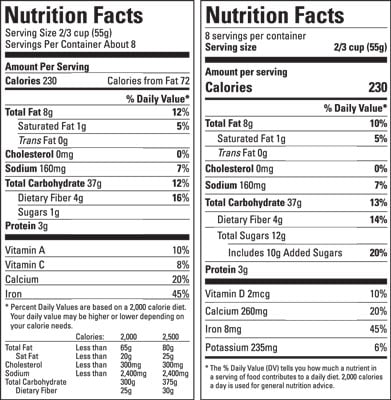
Carbs on food labels
How to Use the Nutrition Facts Label — Diet Doctor This bar has 13 grams of net carbs per serving. If you eat half a serving (1/4 of the bar, or 20 grams), you'll consume 6.5 grams of net carbs. This may be fine for some low-carbers. But for others, especially keto eaters, this bar is too high in net carbs. Instead of placing it in the cart, it goes back on the shelf. PDF Read the Food Label for Carbohydrates - National Institutes of Health Read the Food Label for Carbohydrates Food labels help you choose foods that are lower in calories and in carbohydrates and sweeteners. Here is a food label for a 12-ounce regular soda. The label provides lots of useful information. 1. Serving Size and Number of Servings The serving size is 12 ounces. There's 1 serving in this container. 2. Reading food labels: Tips if you have diabetes - Mayo Clinic Just as food labels can help you avoid certain foods, food labels can also serve as your guide to free foods. A free food is one with: Fewer than 20 calories a serving Less than 5 grams of carbohydrates a serving Do the math Pay attention to serving sizes.
Carbs on food labels. This Is How to Read a Nutrition Facts Label on the Keto Diet Each nutrient listed on the label refers to the amount of that label contained in one serving, which is usually not the entire package. For instance, if "Total Carbohydrates" are listed as 10 grams (10 g), that's accurate for one serving. Food Labels | CDC - Centers for Disease Control and Prevention Apr 23, 2021 · If you eat the whole thing, you are eating 8 times the amount of calories, carbs, fat, etc., shown on the label. Total Carbohydrate shows you types of carbs in the food, including sugar and fiber. Choose foods with more fiber, vitamins, and minerals. Choose foods with lower calories, saturated fat, sodium, and added sugars. Avoid trans fat. Reading labels | Diabetes UK Key points Always look at the 'total carbohydrate' on the label when carb counting. This will make sure you are counting both the complex (starchy) and simple (sugary) carbs in your food. Both will raise your blood glucose (blood sugar) levels, and need to be matched with insulin. Food Labels: Carbohydrates | Home & Garden Information Center The 2015 Dietary Guidelines for Americans makes the following recommendations about daily consumption of unrefined carbohydrate foods, based on a 2,000-calorie diet: Choose fiber-rich fruits, vegetables, and whole grains often. 6 ounces of grain products, with at least half of this amount being whole grain products 2 ½ cups vegetables
Counting Carbs using Food Labels - YouTube In this video, Dietitian Katie shows you how you can use the information on food labels to calculate how many carbohydrates are in the foods you eat*Disclaim... Carbohydrate Choice Lists - Centers for Disease Control and Prevention *Yogurt is highly variable in carbohydrate content, so check the food label to be sure. Non-starchy Vegetables 1 serving = 5 grams carbohydrate. Non-starchy Vegetables; Food Serving Size; Vegetables, cooked: ½ cup: Vegetables, raw: 1 cup: Vegetable juice: How to Read a Food Label to Make Sure It's Keto in 3 Easy Steps Total Carbohydrate ( 4 grams) - Dietary Fiber ( 1 gram) = 3 gram s Net Carbs The Total Carbs for ⅔ cup of this packaged cauliflower is 4 grams, and the Net Carb is 3 grams. Why the 2 camps The reason there's an impassioned debate about whether to count Total Carbs or Net Carbs is because both camps are right. I know. Children Need Carbohydrates - Academy of Nutrition and Dietetics Mar 24, 2021 · Children Need Carbohydrates Contributors: Esther Ellis, MS, RDN, LDN and Cordialis Msora-Kasago, MA, RD and Grace Derocha, MBA, RD, CDCES and Rahaf Al Bochi, RDN, LD ...
How Do They Calculate Calories on Food Labels? 5 grams of fat (5 x 9 = 45 calories) 22 grams of carbohydrate (22 x 4 = 88 calories) 2 grams of protein (2 x 4 = 8) ...should contain approximately 140 calories. It's important to recognize that 4-9-4 is an average, and not an exact amount. For example, 1 gram of fat in one food may yield 8.34 calories while 1 gram of fat from another food ... What are Net Carbs & How to Calculate Them - Atkins How to Calculate Net Carbs. You can calculate the approximate number of Net Carb grams of a low-carb product yourself by looking at the information provided on a food label: Net Carbs = Total Carbohydrates – Fiber – Sugar Alcohols (if applicable) Calculating the net carbs for foods without labels, such as fruits and vegetables, is easy too. Get Smart On Carbs | ADA - American Diabetes Association As you’ll see on the nutrition labels for the food you buy, the term “total carbohydrate” refers to all three of these types. The goal is to choose carbs that are nutrient-dense, which means they are rich in fiber, vitamins and minerals, and low in added sugars, sodium and unhealthy fats. When choosing carbohydrate foods: How To Read Food and Beverage Labels - National Institute on Aging Feb 24, 2022 · Reading food labels can help you make smart food choices. Learn how to read and understand the product date, ingredient list, and Nutrition Facts label. ... fats, proteins, and carbs as a nonorganic food. While these descriptions or terms are regulated by the FDA, others aren’t, so always check the nutrition label to see if the product ...
What "Net Carbs" On Food Labels Actually Means What "Net Carbs" On Food Labels Actually Means By Stephanie Lee 11/06/15 11:00AM Comments ( 6) A myriad of low-carb products are marketed as having "zero net carbs", but a closer look at the...
Learning To Read Labels :: Diabetes Education Online The serving size listed is 3 pieces (or 90 grams if you are weighing the product). The grams of total carbohydrate per serving is 30 grams. If you eat 6 pieces, that is two servings. You would be getting 60 grams of total carbohydrate (1 serving = 30 grams of total carbohydrate, 2 servings = 60 grams of total carbohydrate).
Added Sugars on the New Nutrition Facts Label | FDA - U.S. Food and ... Single-Ingredient Sugars and Syrups Sample Label Let the Nutrition Facts Label Be Your Guide The new Nutrition Facts label can help you compare and choose foods that are lower in added sugars....
19 Complex Carbohydrates List - Simple Vs. Complex Carbs - Women's Health Aug 01, 2022 · While you can eat simple carbs (think: processed or refined sugars) like juice, ice cream, candy, and white bread in moderation, the majority of your carb intake should consist of complex carbs ...
Low Carb Guide to Understanding Nutrition Labels - Virta Health The carbohydrate count is given as total grams, and then broken down into carbs from fiber and sugar. Focus on total carbohydrate. Sugar should be zero as often as possible (1-2g at most). Fiber is a carb and should be included in your total for the day (initially 30g or less). Again, pay attention to the serving size.
How to Read Food Labels & Count Carbs | Allulose Allulose Labeling. Allulose is a form of sugar, so it will count toward total sugar and carbohydrate (CHO) grams on food and beverage labels, even though it is not metabolized in the body and does not contribute calories to the diet. Products made with allulose will have fewer calories compared to a full-calorie counterpart, but total ...
Diabetic Food List: Best and Worst Choices - WebMD Making healthy food and drink choices is key to managing diabetes. ... (unless you add them). Remember, potatoes and corn count as carbs. Best Choices. Fresh veggies, eaten raw or lightly steamed ...
How To Read Nutrition Labels (Like a Pro) - Ditch The Carbs Firstly you need to understand the difference between total and net carbs. TOTAL CARBS = sugars + starches +fibre NET CARBS = total carbs - fibre Carbohydrates will be on the nutrition label are often broken down into carbohydrates, sugars, starch, and fiber. However, each brand may display its nutritional contents differently.
How to Read Food Labels | Your Low Carb Hub The below label shows there are 4.3g of carbs in a 15ml serving size which is equivalent to one tablespoon. 3.4g of this is sugar. There is 22.7g of sugar in 100ml, that's 5.6 teaspoons of sugar. The World Health Organisation (WHO) recommends no more than 5-10 teaspoons of added sugar in an entire day. Be aware of hidden sugars.
Keto Recipes - 100s of Unique Recipes Achieving ketosis requires a protein intake that’s adequate but not excessive.The classic ketogenic diet used in people with epilepsy restricts both carbs and protein to maximize ketone levels.The same diet may also be beneficial for people with cancer, as it may limit tumor growth (32, 33).However, for most people, drastically cutting their protein intake to increase ketone production isn ...
How to Calculate Net Carbs - Healthline The USDA Food Composition Databases provides complete nutrition information on thousands of foods, including carbs and fiber. For example, a medium avocado contains 17.1 grams of total carbs, 13.5...
Understanding food labels | Diabetes UK Labels on the front don’t include the amount of carbs, so check the label on the pack for the total carbohydrate, which includes carbohydrates from starchy food as well as sugars. The figures for sugars on traffic lights are for total sugars, which doesn’t tell you how much of the sugar comes from natural sources, such as fructose and how ...
What Is the Difference Between Sugar & Carbs on Food Labels? With 4 calories in 1 gram of carbohydrates, this amounts to 225 to 325 grams of total carbohydrates on a 2,000-calorie-per-day diet. The Code of Federal Regulations for food and drugs requires that food labels list carbohydrates, in grams, as "Total Carbohydrates" or "Total Carbs," typically appearing above "Protein" in a bold font.
Carb Counting and Diabetes | ADA Carbohydrates, or carbs, are naturally found in certain foods. For example, grains, sweets, starches, legumes and dairy all contain different amounts of carbs. Get up to speed on the three types of carbs, and what foods have them. When foods and drinks with carbs are digested, the carbs break down ...
What Is the Difference Between Sugar & Carbs on Food Labels? Each gram of carbohydrate and protein provides 4 calories, while a gram of fat provides 9 calories. Carbohydrates are found in a wide variety of foods, such as grain products, including bread, pasta, breakfast cereals, oatmeal, flours, crackers, starchy vegetables like potatoes and corn, legumes, milk, yogurt, fruits, juices, sugar and desserts.
How To Figure Out The Carbs On Nutrition Labels Trying to interpret the carbohydrates on nutrition facts labels can be downright confusing. There's a number for total carbohydrates but then there are subheadings for dietary fiber, sugars, and sometimes insoluble fiber, sugar alcohols, and other carbohydrates. What Does Everything Mean? Total Carbohydrate, shown in grams, is first.
Reading Food Labels | ADA - American Diabetes Association The Nutrition Facts labels on foods are really the key to making the best choices. We'll cover the basics so that these labels make shopping easier for you. Get started Understanding Carbs You've heard it all. From carb-free to low-carb, to whole and empty carbs, it's hard to know what it all means. Learn more Food & Blood Sugar
Ultimate Guide To Carbs In Food Charts - Ditch The Carbs Carbs in food 0g - 1g. All values are net carbs per 100g. Values may differ depending on the source of your data. For example, most will state an egg has 0g - 0.3g carbs per medium egg. In reality, most people count eggs as being zero carbs. Nutritional values from cronometer.com.
Reading food labels: Tips if you have diabetes - Mayo Clinic Just as food labels can help you avoid certain foods, food labels can also serve as your guide to free foods. A free food is one with: Fewer than 20 calories a serving Less than 5 grams of carbohydrates a serving Do the math Pay attention to serving sizes.
PDF Read the Food Label for Carbohydrates - National Institutes of Health Read the Food Label for Carbohydrates Food labels help you choose foods that are lower in calories and in carbohydrates and sweeteners. Here is a food label for a 12-ounce regular soda. The label provides lots of useful information. 1. Serving Size and Number of Servings The serving size is 12 ounces. There's 1 serving in this container. 2.
How to Use the Nutrition Facts Label — Diet Doctor This bar has 13 grams of net carbs per serving. If you eat half a serving (1/4 of the bar, or 20 grams), you'll consume 6.5 grams of net carbs. This may be fine for some low-carbers. But for others, especially keto eaters, this bar is too high in net carbs. Instead of placing it in the cart, it goes back on the shelf.
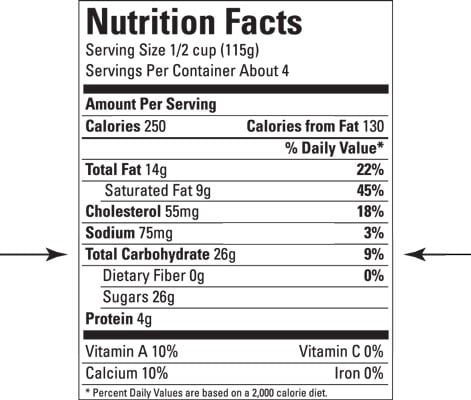
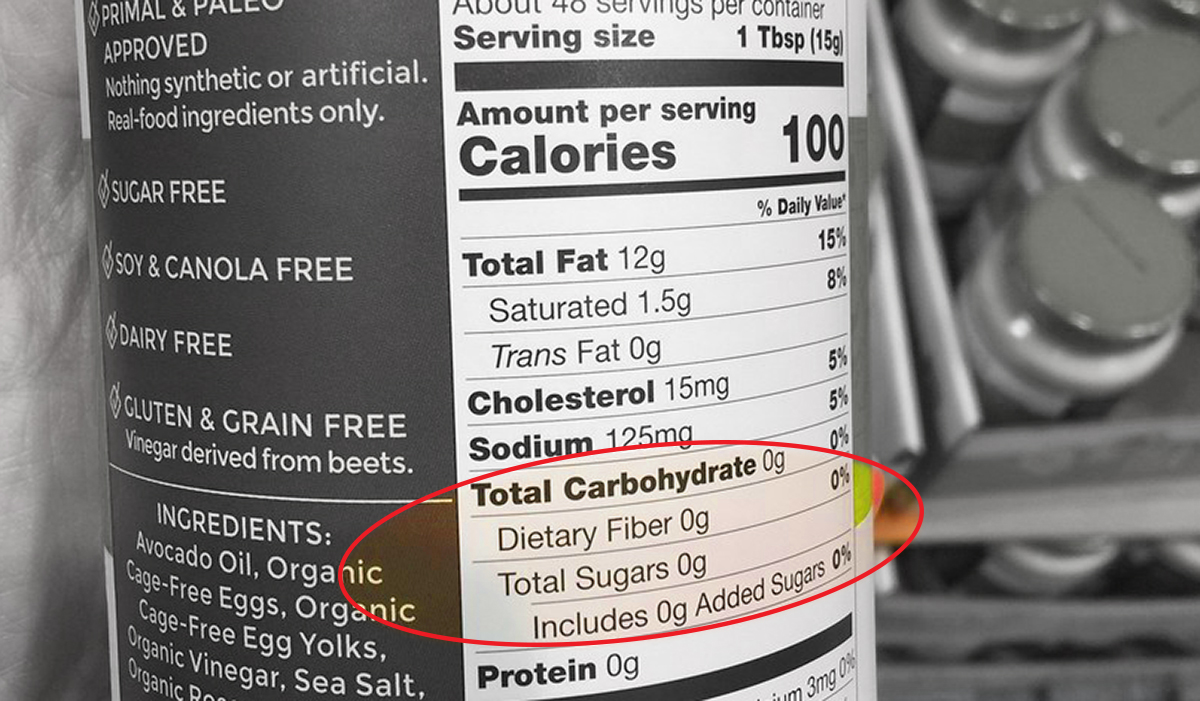
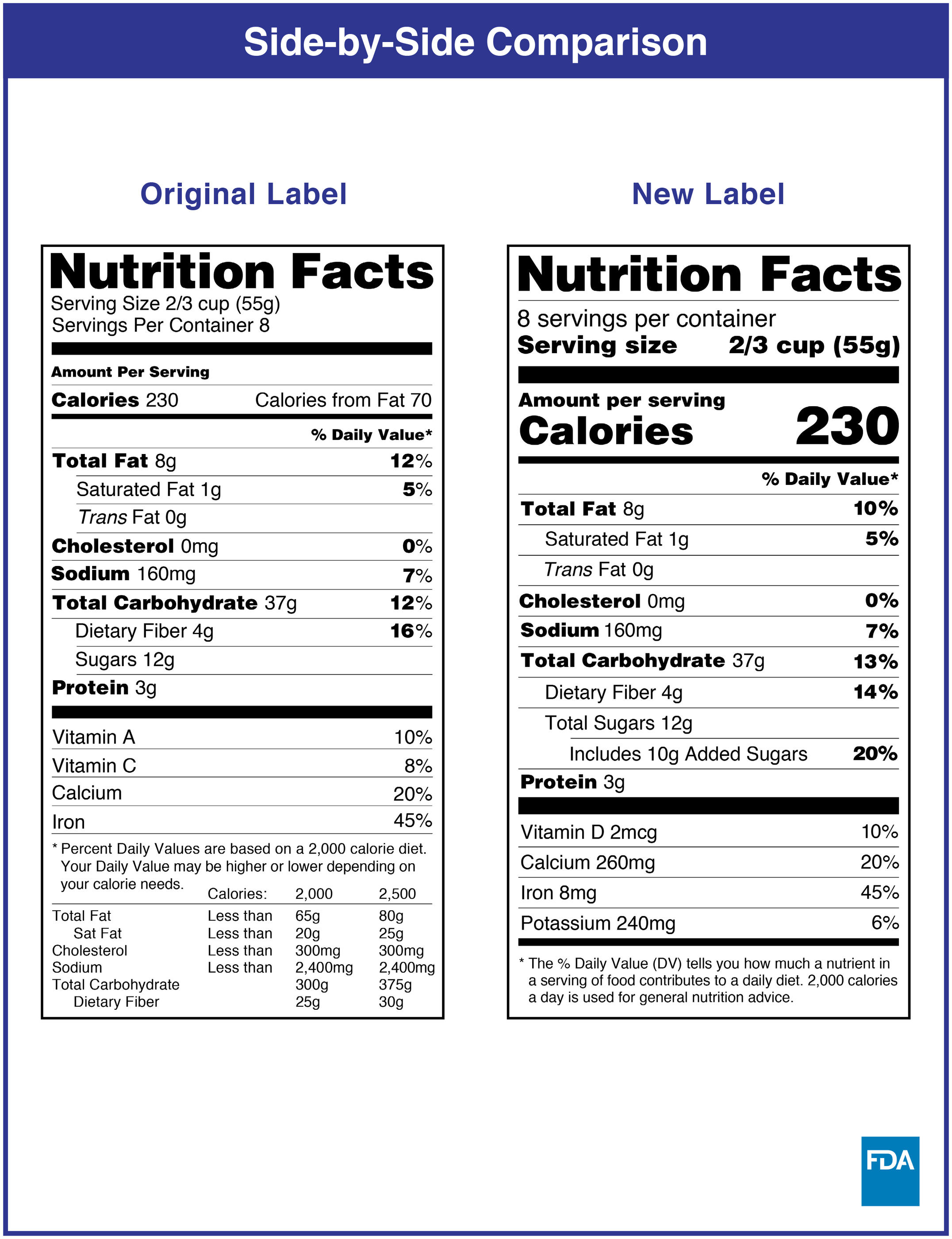
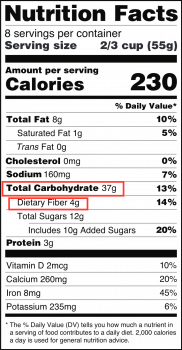
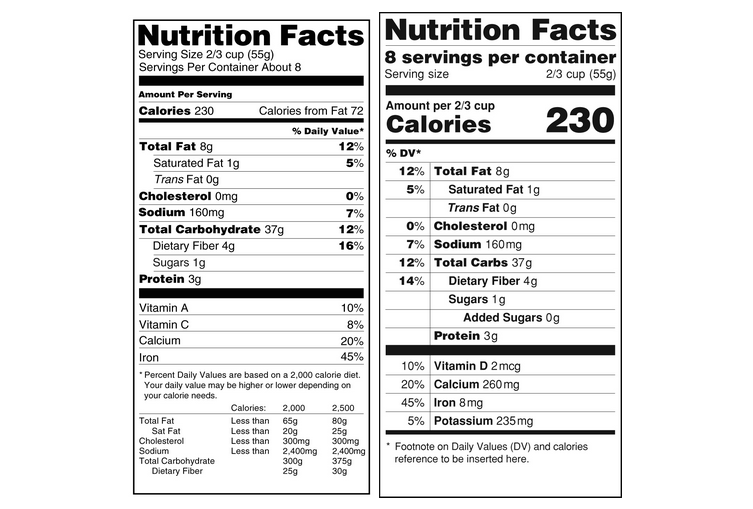

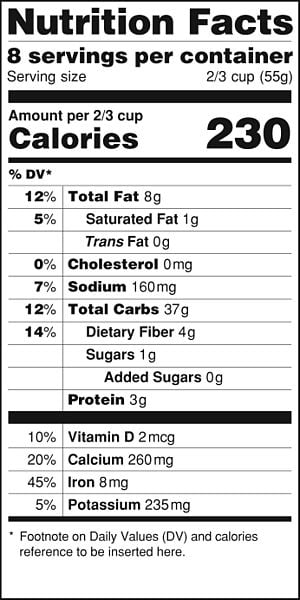
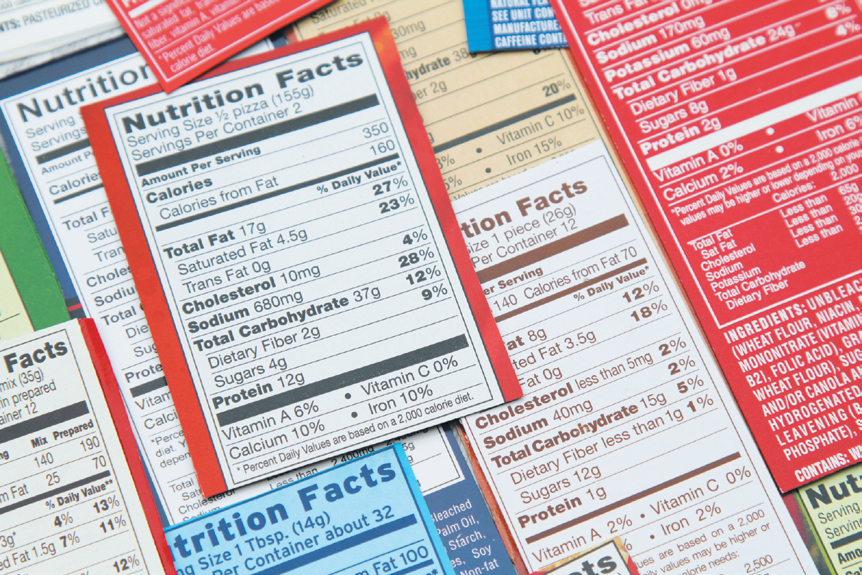
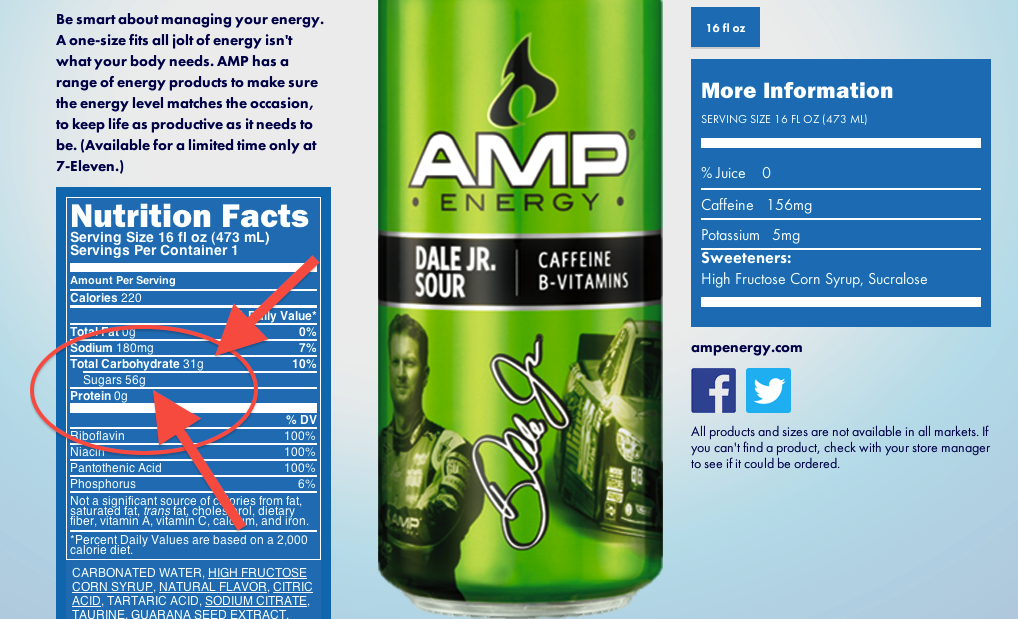
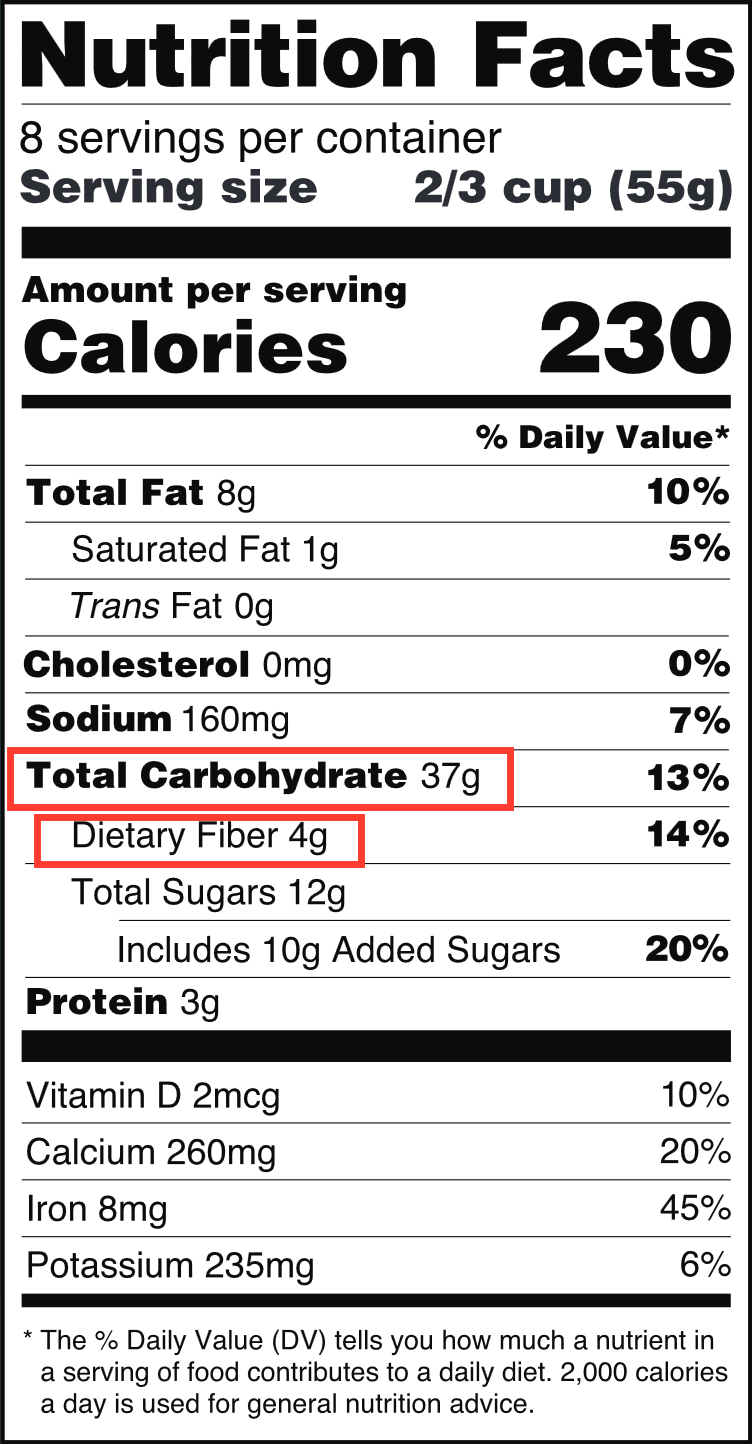

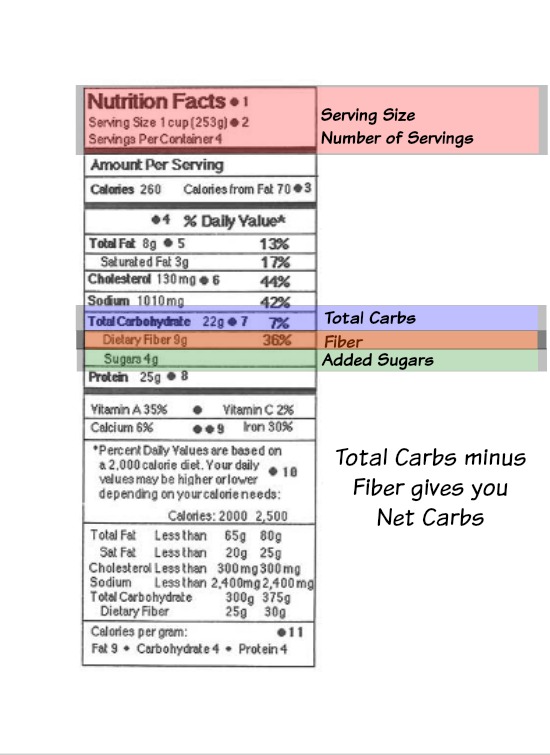


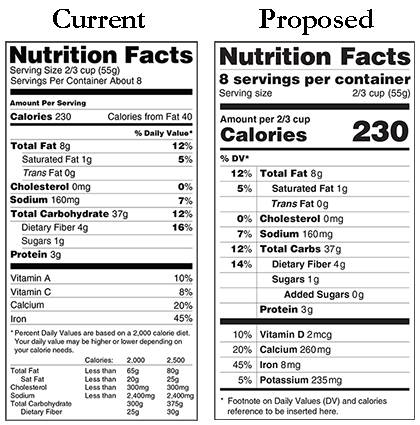

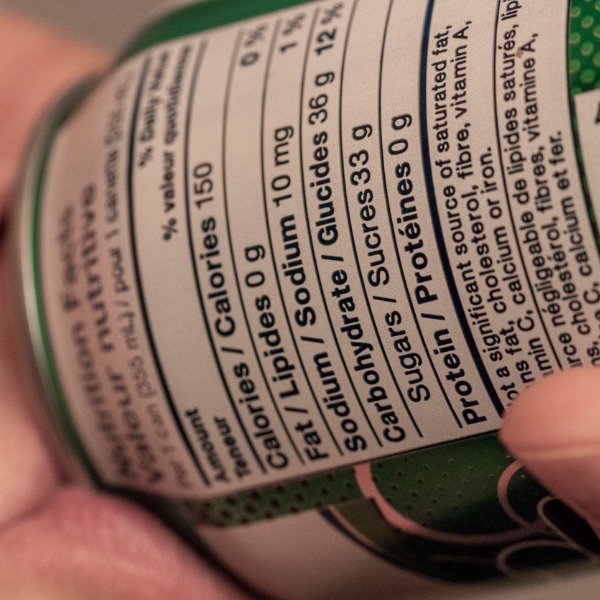

:max_bytes(150000):strip_icc()/Untitled-design-5753677f5f9b5892e8d7d171.jpg)





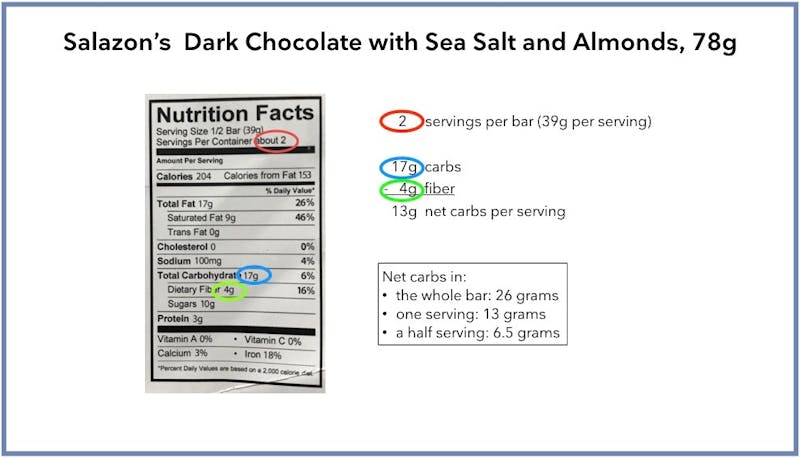


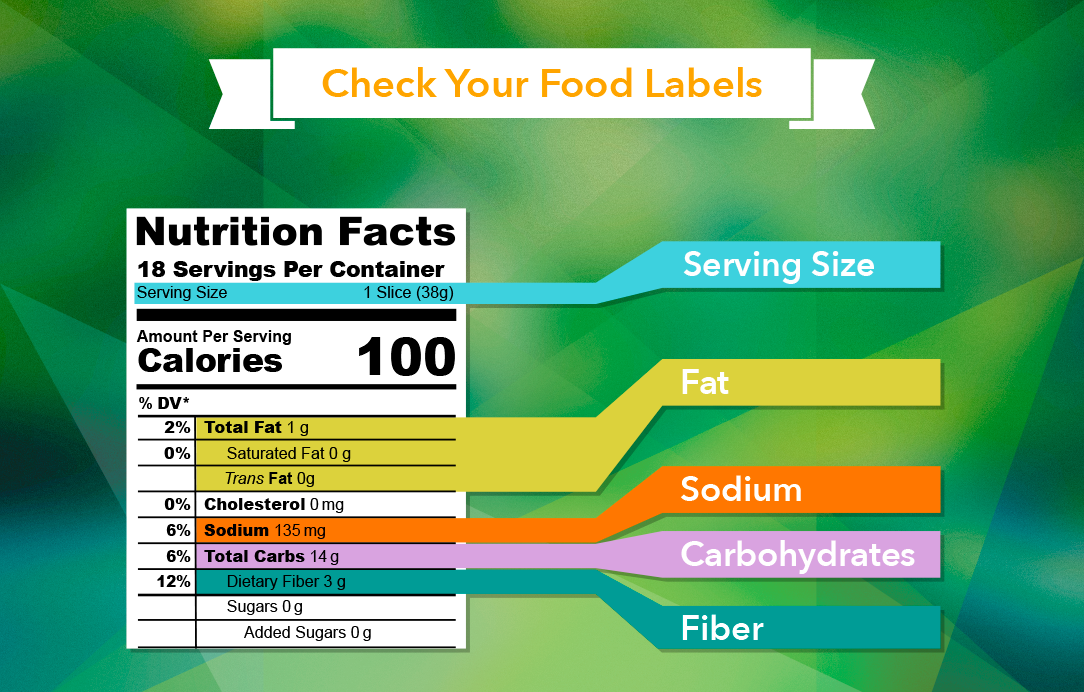

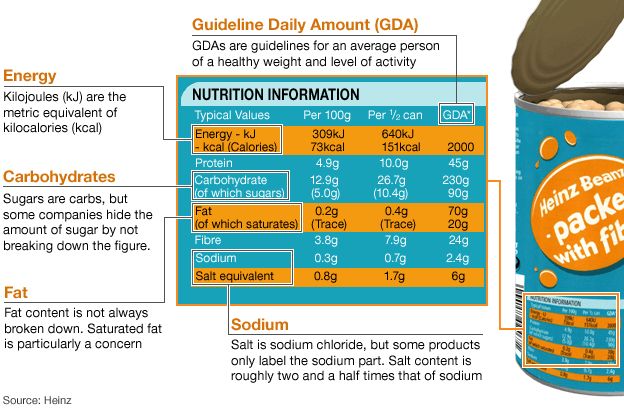

/Untitled-design-1--5755c3703df78c9b46903dab.jpg)
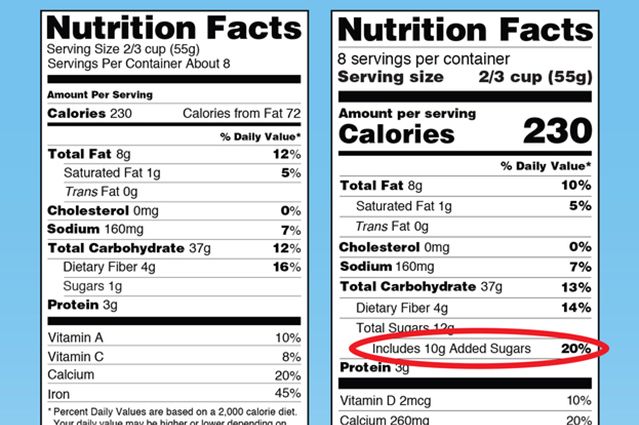
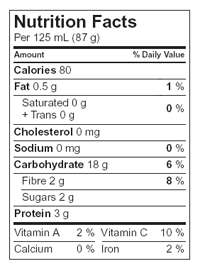
Post a Comment for "38 carbs on food labels"